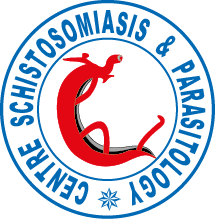Control of soil-transmitted helminths in sub-Saharan Africa: Diagnosis, drug efficacy concerns and challenges
Abstract
Soil-transmitted helminthiasis (STH) occur throughout the developing world and remain a major public health problem in the poorest communities with enormous consequences on health and development of school-aged and preschool children. The extent of the problem has long been neglected because these diseases rarely kill at a young age, due to their insidious and chronic nature. Today there exists a momentum and an unprecedented opportunity for a cost-effective control of these neglected tropical diseases. The control of these diseases has become a priority on the agenda of many governments, donors and international agencies, which provides important funding opportunities for STH control through integration and co-implementation of control interventions. In the era of preventive chemotherapy, the intensification of mass administration of anthelminthic drugs will result in epidemiological changes of STH transmission levels, with a rapid increase of light infections as far as control programmes are successful. As consequence, the current diagnostic tools may not be always appropriate and may therefore require adaptation or development of alternative assays adapted to the stage of control. This paper reviews aspects relevant to diagnosis and appropriate tools for accurate surveillance and monitoring of STH control programmes and drug efficacy. Prospects, opportunities and challenges for the control are discussed.
Keywords
Soil-transmitted helminth; Ascaris lumbricoides; Trichuris trichiura; Hookworm; Control; Diagnosis; Drug efficacy
